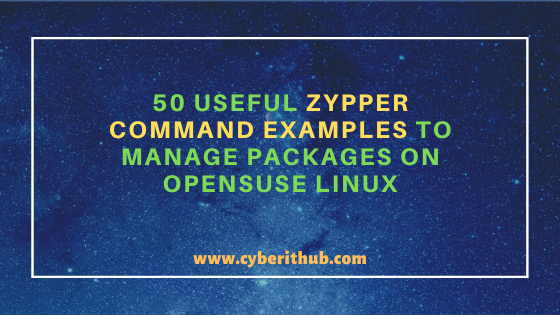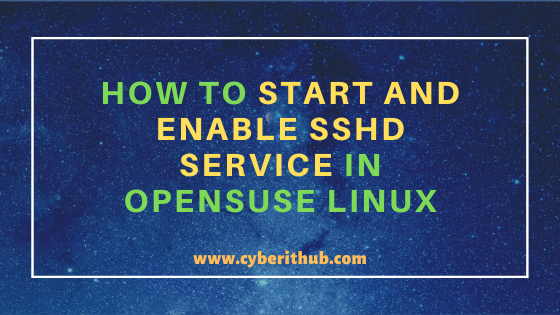Polymorphism Concept in Python with Best Working Examples
In this tutorial, we will go through polymorphism concepts in python with examples. Polymorphism is made up of two words: poly means many and morphism means several different forms. Like many other Object Oriented Programming Languages python also has the polymorphism concept. In this concept same object can perform in variety of ways based on ... Read more










